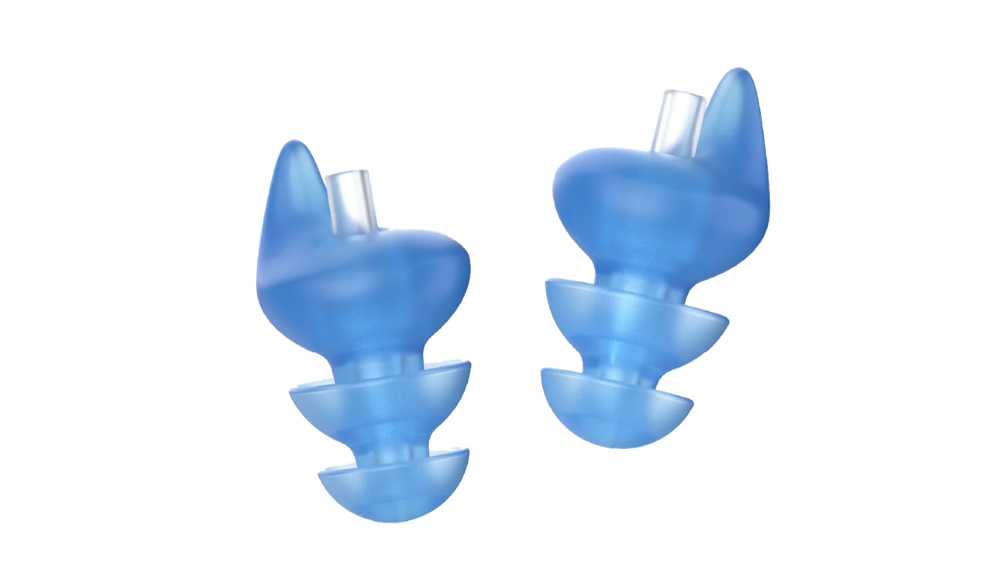Why Doctors Recommend Earplugs for Flying with Sinus Issues

Air travel is convenient, but for people with sinus issues, it can be anything but comfortable. The pressure changes that occur during takeoff and landing often trigger sharp pain, congestion, or blocked ears. This is why doctors often suggest using earplugs for flying to help minimise these uncomfortable effects. By equalising pressure and reducing strain on sensitive areas, earplugs offer a simple yet effective solution for travellers.
How Pressure Affects the Sinuses
The root of the problem lies in air pressure shifts. The sinuses and inner ear are connected through small passages that regulate airflow. When an aeroplane climbs or descends, the air pressure inside the cabin changes quickly, but those with sinus congestion may struggle to balance it.
Common Symptoms During Flights
- Sharp ear pain or pressure
- A “popping” sensation that won’t go away
- Blocked nasal passages
- Headaches or facial pain
These issues can make what should be an exciting journey feel unbearable.
Why Earplugs Make a Difference
Doctors recommend earplugs for flying because they slow down the pressure changes entering the ear canal. Instead of sudden shifts, the ear experiences a gradual adjustment, giving the sinuses and inner ear more time to adapt.
Pressure Equalization
Specialised earplugs are designed with filters that regulate airflow. This prevents the intense pressure difference that causes ear pain, especially during descent.
Relief for Sensitive Ears
For individuals who frequently deal with sinus infections, allergies, or even minor colds, using earplugs adds an extra layer of comfort and protection during flights.
Types of Earplugs for Flying
Not all earplugs are created equal. While basic foam plugs reduce noise, travel-specific plugs are designed with additional benefits.
Reusable Pressure-Regulating Ear Plugs
Specialised ear protection for flying provides an extra barrier against pressure fluctuations, reducing the chance of ear pain or blocked sinuses mid-flight. These are made of medical-grade materials and can be reused across multiple flights. They include small filters that control air movement, offering consistent results.
Disposable Ear Plugs
A convenient option for occasional travellers, disposable plugs provide short-term relief but may not offer the same level of regulation as reusable designs.
Noise-Cancelling Ear Plugs
Some advanced versions combine pressure control with noise reduction. This is ideal for passengers who want both physical comfort and a quieter cabin experience.
When to Use Earplugs During a Flight
Timing is important for getting the most out of earplugs for flying. Experts recommend inserting them before takeoff and keeping them in until the plane reaches cruising altitude. The same applies during descent, which is typically when discomfort peaks.
Additional Tips for Managing Sinus Issues While Flying
Although earplugs are highly effective, doctors often suggest combining them with other strategies for maximum relief.
Stay Hydrated
Dehydration can worsen sinus congestion, so drinking water before and during the flight is essential.
Use a Saline Spray
Keeping nasal passages moist helps reduce the risk of blockage and pain.
Chew or Yawn During Descent
Simple actions like chewing gum, swallowing, or yawning can help open the Eustachian tubes and equalise pressure.
Avoid Flying During Severe Sinus Infections
If congestion is too severe, postponing the flight may be the safest option.
Why Doctors Prioritise Prevention
Preventing pain is always easier than treating it mid-flight. By using earplugs for flying, travellers take proactive steps to minimise discomfort and enjoy a smoother journey. This small accessory can make a big difference, especially for those who fly frequently or suffer from chronic sinus problems.





